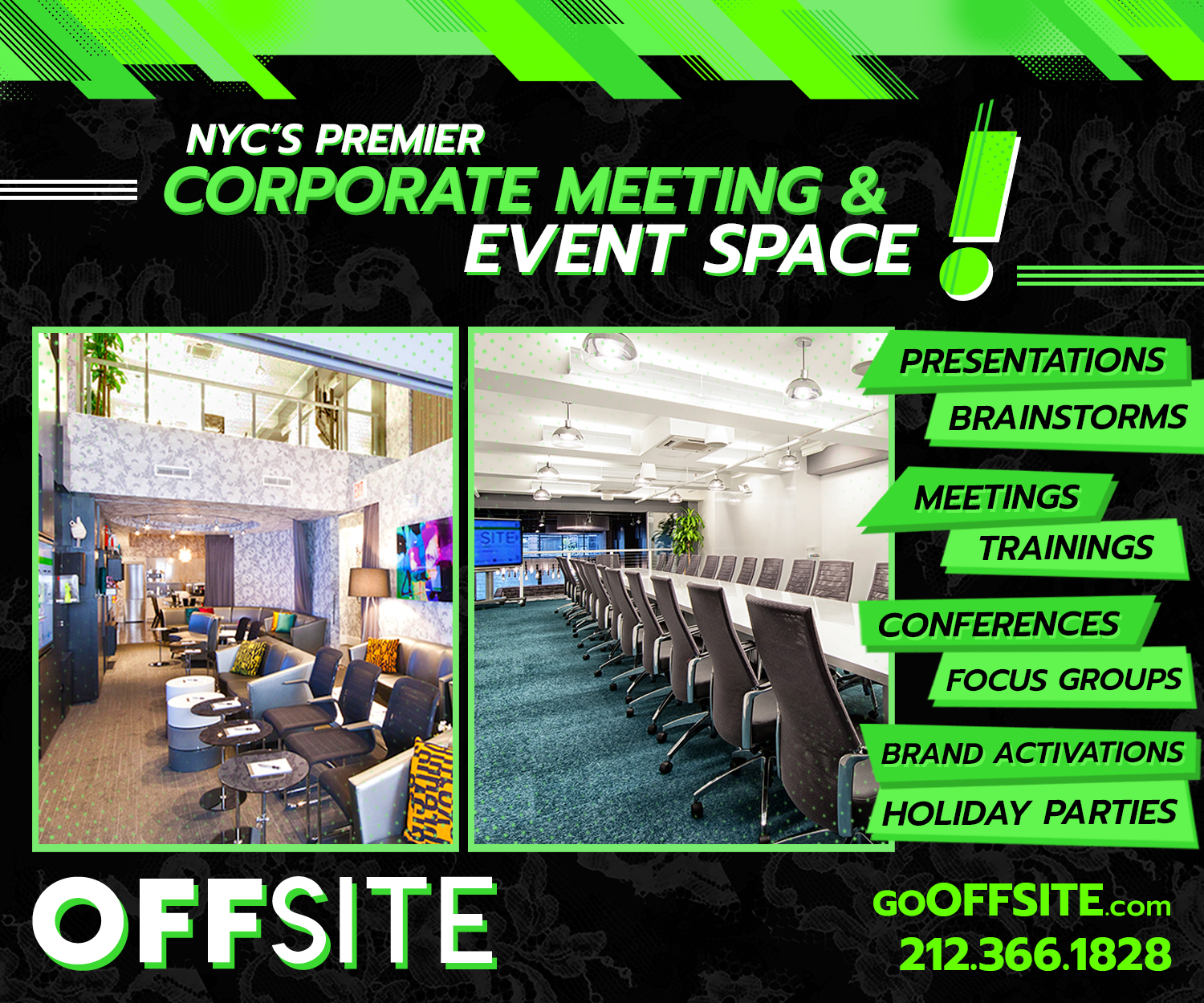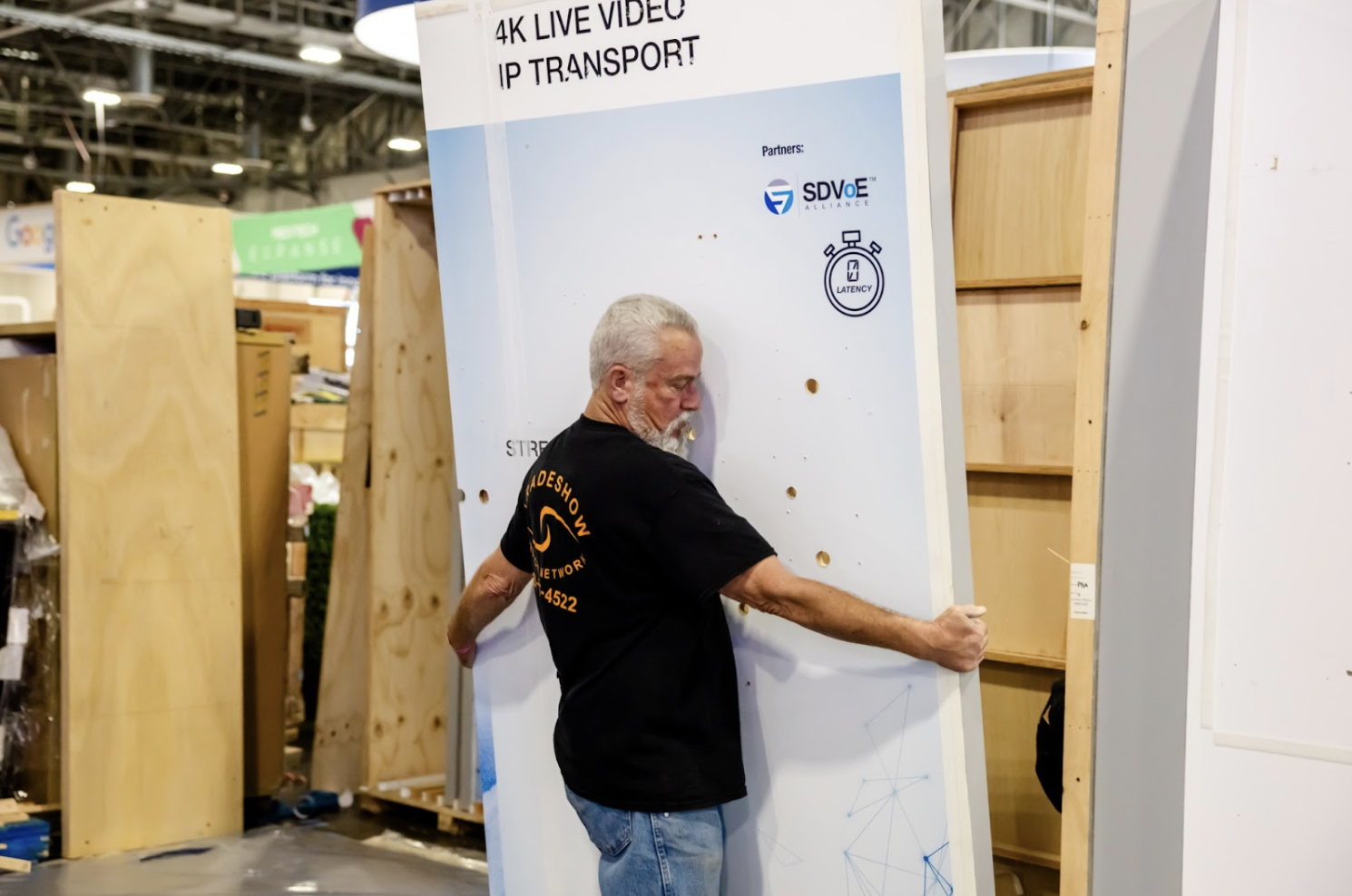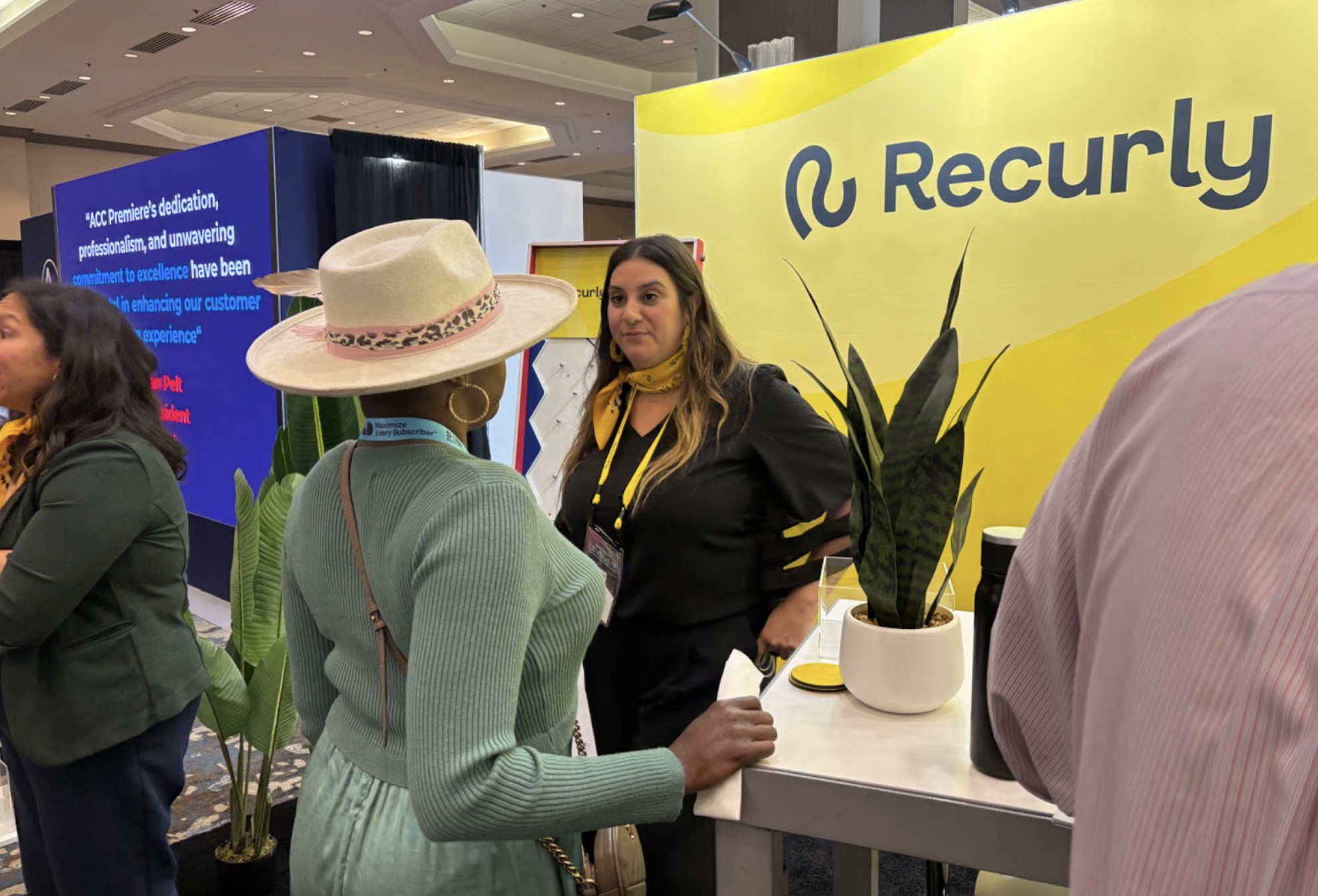AI isn’t replacing event professionals—it’s elevating their expertise. By streamlining tasks and enhancing engagement, AI frees planners to focus on creativity, connection and experience design.
“This is not a passing trend,” says AI expert Nick Borelli, marketing director for Zenus, an AI platform that tracks audience engagement. “Planners who embrace AI as a strategic partner will quickly gain a competitive edge.”
The key is intentional integration into the planning process. AI isn’t just a tool—it’s an adaptive assistant that learns from your expertise. “If an intern’s work isn’t ideal, that’s on me—I didn’t provide the right instructions,” Borelli explains. “The same principle applies to AI: Clear, detailed input leads to better results.”
Bear in mind that AI even helps refine prompts. So, after entering a request, ask: “Is there anything I left out that would improve your response?”
With that, if you haven’t integrated AI into your planning yet, now is the time. Start with “Easy Ways Event Planners Can Use AI Right Now” to build a foundation. Once AI is part of your workflow, explore advanced functionalities for streamlining the event-planning process, such as those detailed below…
Smart Scheduling & Venue Selection
AI chatbots like ChatGPT and Microsoft Copilot are ideal for comparing venue options based on budget, attendee preferences and availability.
Consider this step-by-step workflow for the advanced AI user:
1. Gather historical event data, such as attendance trends, budget fluctuations, seasonal pricing, etc.
2. Input constraints like guest list capacities, cost limits and date or location preferences into the desired AI tool.
3. Allow AI to generate a shortlist before refining the selections. Simply ask, “Show me alternative venues with similar amenities.”
4. Pick AI’s brain about peak registration periods and other cost-optimization tactics. The tech can certainly offer insight into off-season pricing windows for budget efficiency.
Personalized Networking & Matchmaking
AI-powered event platforms Brella and Grip are ideal for categorizing attendees based on job title, industry and interests.
But the categorization is the easy part. Consider this AI-powered, five-step workflow for facilitating high-value connections:
1. Send AI-powered, pre-event surveys to better understand attendee preferences, goals and interests.
2. Use that survey data to inform how you segment your audience. Define attendee categories with key traits like industry, seniority, company types, networking goals or location, for example…or have an AI tool do this for you too!
3. Use AI tools to further analyze survey profiles against attendee profiles to recommend high-value, relevant connections between attendees.
4. Allow AI to suggest and curate virtual introductions before your event. From there, should attendees choose, AI can also assist in scheduling an icebreaker meeting.
5. After your event ends, analyze networking metrics such as meeting rates, engagement levels and feedback to improve future matchmaking accuracy.
Dynamic Content Creation & Event Messaging
Large language models and Canva’s in-house writing assistant, Canva Magic Write tools are ideal for generating speaker bios, session descriptions and compelling marketing copy.
Here’s a workflow for ensuring that this content aligns with your event’s tone, goals and brand voice:
1. Start with an AI-powered draft by inputting speaker names and session topics, for instance, into the AI tool of your choice.
2. Refine AI-generated content utilizing key themes in session descriptions, brand guidelines and audience expectations. To do so, plug these details into your AI tool and ask it to rewrite the content.
3. Fine-tune tone using AI sentiment analysis, which has AI evaluate your content’s emotional impact and tone based on whether it’s positive, negative or neutral. Adjust messaging accordingly.
4. Generate A and B content variations for headlines, session blurbs, email copy and the like in order to implement A/B testing strategies, then assess copy for audience resonance and engagement either internally or in pre-event marketing efforts.
5. Finalize AI-optimized event marketing materials for consistency across platforms.
Accessibility & Live Translation
AI-powered translation tools like Microsoft Translator, Google Translate and Snapsight are optimal for breaking language barriers.
Here’s a short workflow that enhances inclusivity at an event via translation tech:
1. Upload event materials like agendas and speaker presentations into AI translation tools, which will automatically create copies in as many languages as you choose.
2. If you’re offering livestreamed keynote sessions or other virtual programming, activate AI-powered, real-time subtitles to ensure that all attendees can follow along in their preferred language.
3. For multilingual Q&A sessions or other moments where audience participation is needed, integrate AI-assisted chat tools into your event that can facilitate seamless communication between attendees and event organizers no matter the number of languages at play.
4. Monitor language engagement data to assess the effectiveness of translations. Utilize data to determine what fine-tuning is needed in the future, or if the AI tool of choice was an effective investment.
Budget Optimization & Financial Forecasting
Tableau, an AI-driven visualization tool, is ideal for refining budgeting strategies and predicting ROI. (ChatGPT can also be helpful for its conversational abilities.)
Here’s a step-by-step workflow that will ensure these AI tools can accurately optimize budget allocation in real time and thus improve decision-making:
1. Upload historical financial reports to allow AI to assess historical financial data and create a cost analysis that tracks spending patterns.
2. Ask AI to predict future budget needs based on these patterns.
3. Leverage AI to identify cost-saving alternatives regarding the venue, catering and AV needs. Alternatively, ask AI to compare multiple vendor options or even negotiation tactics for further assistance.
4. Refine dynamic budgeting based on real-time event data, such as registration data, to ensure financial allocation is always aligned with current needs. Or, ask AI what adjustments can be made according to changing event figures.
AI-Powered Engagement Tracking
AI-powered facial analysis company Zenus measures audience demographic, engagement and sentiment in real time.
Here’s a step-by-step workflow for integrating the tech in your next event:
1. Deploy AI-powered cameras in session rooms to track attendee reactions in real time.
2. Per Zenus’ report, analyze engagement trends to assess which presentations, speakers or topics generate the highest audience interest and emotional response.
3. Rely on AI insights to know when—and how—to tweak event elements like lighting, sound or pacing for greater impact and engagement.
4. Optimize future event content based on AI-driven engagement data.
Social Media Listening & Post-Event Optimization
AI analytics tools like Brandwatch, Sprinklr and Talkwalker have the ability to track event sentiment by monitoring online conversations about your event across platforms—a vital tool in tracking audience sentiment, uncovering real-time reactions and identifying emerging industry trends.
Consider this step-by-step workflow for implementing one of these AI tools for social media listening and post-event optimization:
1. Track real-time conversations across social media, forums and news sources—including mentions and hashtags—before, during and after the event.
2. Use AI to detect trending topics and emerging audience interests that could inform post-event content and follow-up engagement.
3. Leverage AI-powered sentiment analysis to identify which messages resonated most with attendees.
4. Apply insights from AI-driven audience feedback to adjust content strategy, messaging and outreach for future campaigns.
AI is a Planner’s Competitive Advantage
AI isn’t just another tool; it’s a revolution in event strategy, Borelli stresses. It acts as an intelligent partner, amplifying expertise, optimizing engagement and unlocking possibilities that were once out of reach. This isn’t a choice—it’s a competitive necessity, he adds. The future of event planning is AI-powered, and those who harness its power will lead the industry forward.
Before you go: To sum things up, here’s a shortlist of AI tools perfect for event planning:
- Content Assistants: ChatGPT, Claude Microsoft Copilot
- Live Translation: Google Translate, Microsoft Translator, Snapsight
- Smart Networking: Brella, Grip
- Budget & Data Analysis: Tableau
- Marketing & Content Creation: Canva Magic Write
- Engagement Tracking: Zenus
- Video & Speech Transcription: CLIPr, Otter.ai
- Social Sentiment & Post-Event Analytics: Brandwatch, Sprinklr, Talkwalker
- Chatbots for FAQs: 42Chat, Drift






